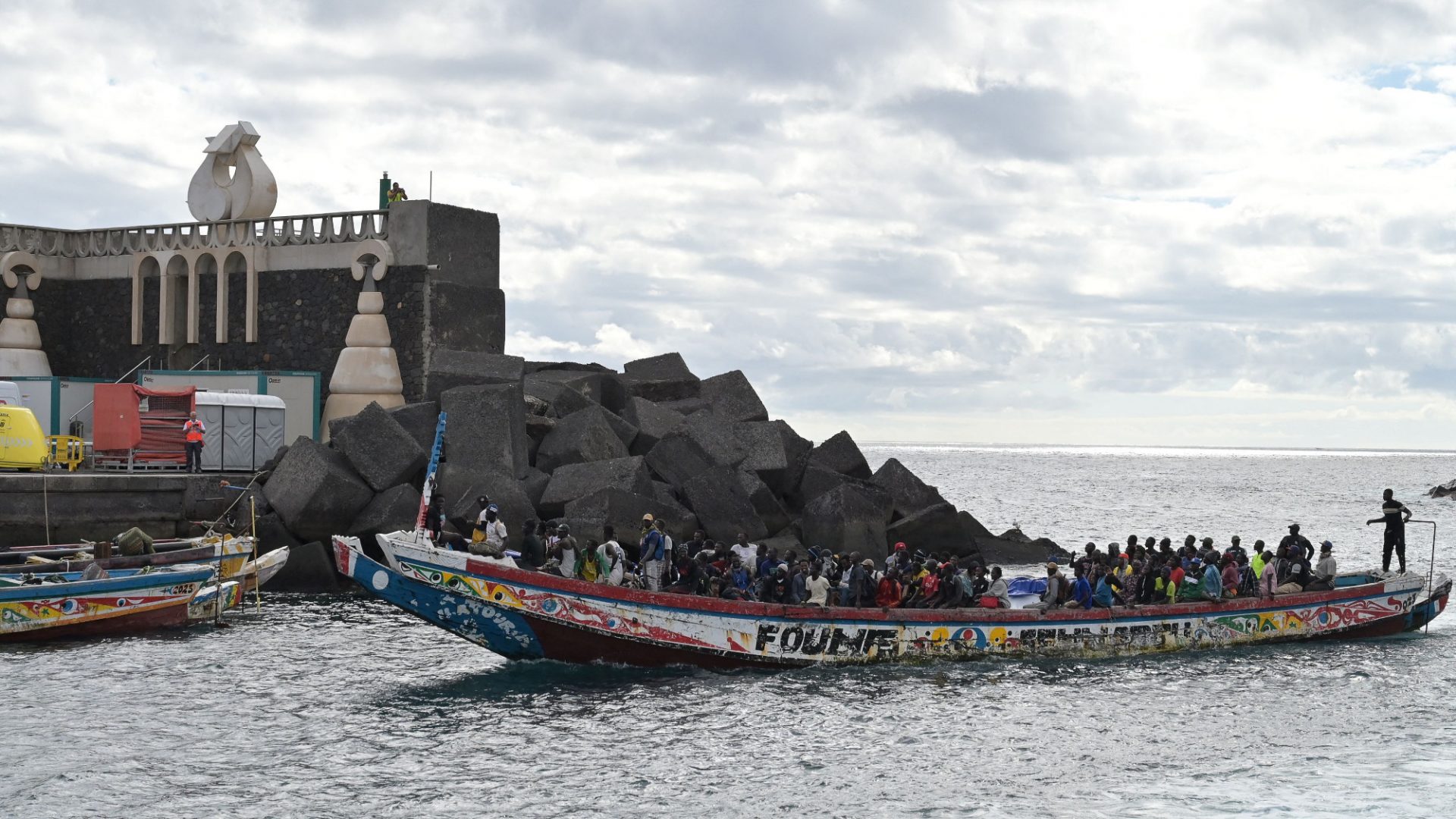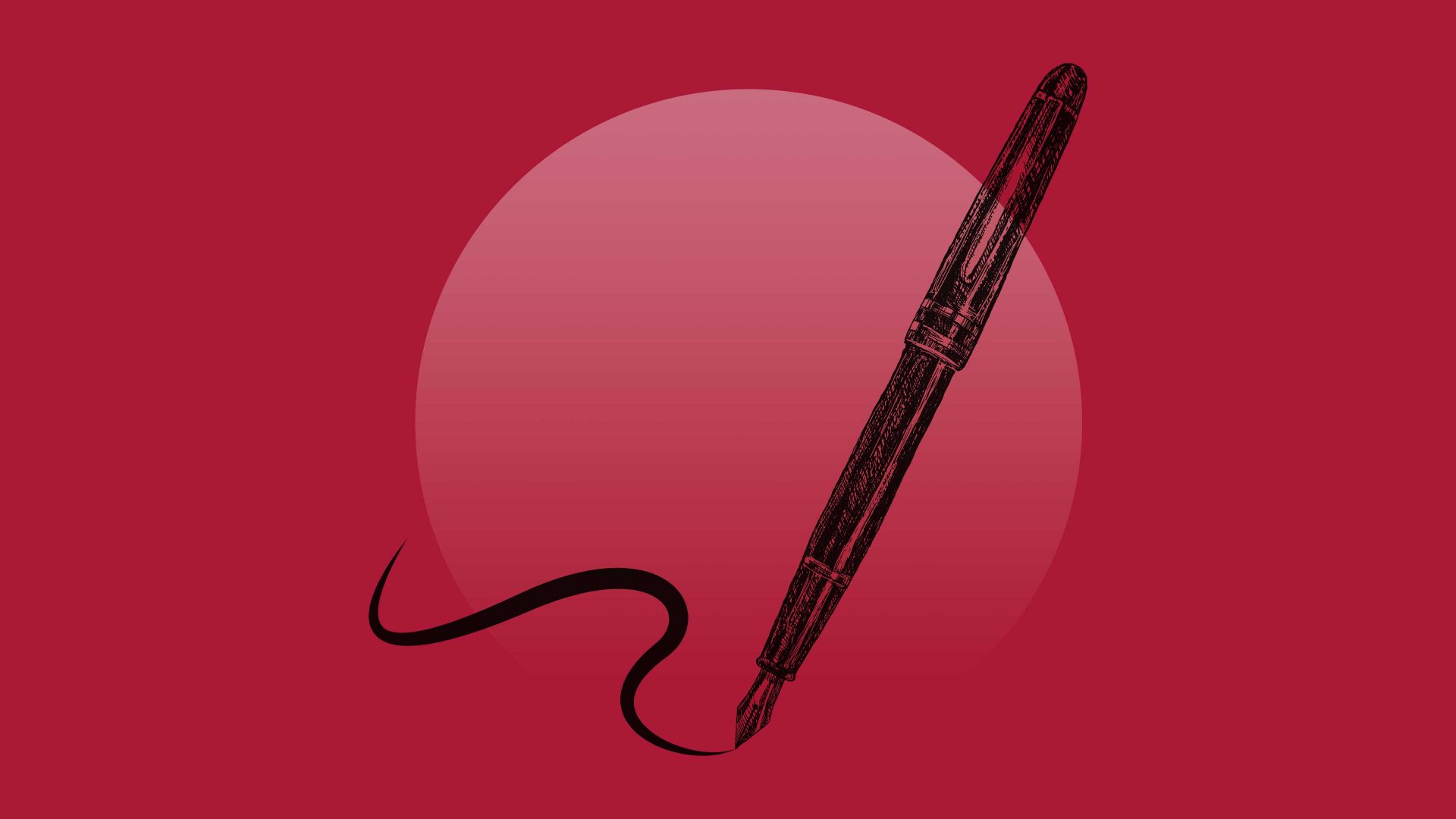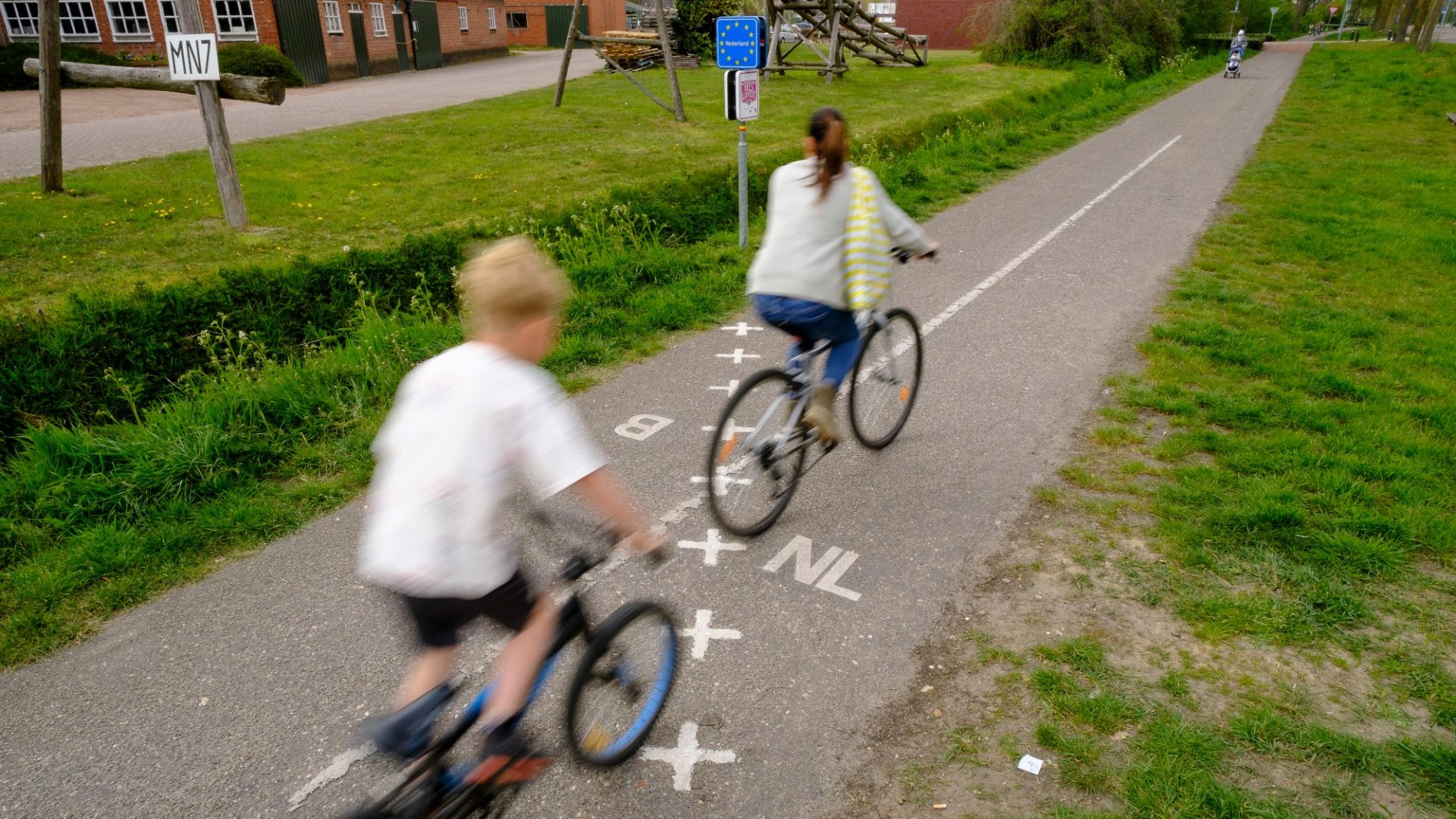Two types of people come to the Canary Islands, but for very different reasons. The first arrives by plane to stay in the palm-fringed resorts and villas that dot the coastline. The second risks their life by boarding a rickety boat on the north African coast and sailing out into the Atlantic Ocean in search of a new life.
This Atlantic island chain that sits off Africa’s western shoulder is part of Spain and it welcomes around 14 million tourists a year, including almost 6 million from the UK. In 2023, they were joined by 39,910 asylum seekers, an all-time record.
Tenerife is the most visited of the eight Canary Islands, and the migration situation has started to worry the people who live and work there.
“I do not want us to become the new Lampedusa,” said one hotelier, speaking anonymously and referring to the Italian island that became a destination of choice for migrants.
“Sometimes migrant groups are hanging around our hotel; let’s say it doesn’t give us the best image with our customers. I think the authorities should do more to prevent them from arriving, there are too many of them now. I’m afraid that this will have an impact on my activity and that the image of the island will be tarnished.”
Spain is now the first entry point into the European Union for asylum seekers. According to UN Refugee Agency (UNHCR) data, more than 22,000 arrivals, the vast majority in the Canary Islands, have been recorded since the start of the year. This is despite the strengthening of surveillance around the Moroccan coast since 2022, following a diplomatic reconciliation between Rabat and Madrid.
The two governments had spent months quarrelling over Western Sahara, a former Spanish colonial possession now controlled by Morocco. But despite the agreement with Morocco, and also a border arrangement with Mauritania, which has effectively become the EU’s outermost border watchdog, the number of refugees arriving in Spain, and the Canaries, is expected to rise.
The route to the islands is long and extremely dangerous. Many refugees cannot swim and get into overloaded, poorly maintained boats. The Atlantic crossing to the Canary Islands is the world’s most lethal migration route. More than 6,000 people died or went missing on their journey to the Canaries in 2023, according to data from the NGO Caminando Fronteras, which monitors the situation.
Climate change is pushing more and more African people into exile. According to the United Nations, 20 million people are being forced to flee their homes annually due to extreme weather events – prolonged droughts, torrential rains, and desertification.
In Tenerife, some migrants are now selling items in the streets. “It’s unfair. I pay taxes for my business,” said José, who runs a souvenir shop in Puerto de la Cruz. “The situation is becoming more and more untenable, the authorities must act.”
Grace, 29, a British woman on holiday with friends, said: “I didn’t know there were so many. We saw them here and there, but I didn’t feel unsafe. We also have this kind of issue in the UK.”
In Spain and across Europe, the view of asylum seekers has hardened, as a public perception has developed that assumes they only want to live on benefits. Another tourist, from the Netherlands, said: “It’s a little surprising at first because you don’t expect it on this kind of island. But I guess it’s the new reality.”
The migratory population is becoming more and more visible in the Canaries. Since the beginning of the year, more than 17,000 arrivals have been recorded across the islands. Most come from Senegal, Mauritania, Gambia, or Morocco. Among them are many unaccompanied children who make the crossing alone. Babacar (not his real name) is one of them. Now aged 17, he says he came alone two years ago, on board a fishing boat with around 30 other people.
“I still have nightmares about the journey. I think about it almost every day. I saw death in front of me for the first time in my life,” said the teenager, who doesn’t know how to swim. “There was no more hope in my home country. My family had nothing left, we barely ate. How can we stay like this?”
Babacar hopes to live the “European dream” as sold by other migrants he has seen on social media. For the moment, he is one of the approximately 6,000 unaccompanied minors in the Canaries.
“The living conditions for unaccompanied minors in the Canaries are a nightmare,” explained Daniel Arencibia, from the pastoral secretariat of migration, at the Diocese of the Canary Islands. “There are not enough structures or people to deal with that number. Before, we had a maximum of 10 children per building,” he said. “Then it was 100, and now it’s unlimited. In addition, these beds are not suitable for the older ones. It’s hell for them.”
The saturation of the system means that some minors reach the age of majority without their asylum application having been processed due to the backlog.
Beyond available resources, some NGOs, like Save the Children and Amnesty International, have identified serious failings in the identification of unaccompanied minors in the Canary Islands, particularly when it comes to the use of “bone tests”. These are X-ray scans used to determine a person’s age, often justified by authorities as a way of preventing adults from passing themselves off as minors.
“It’s based on very old data,” said Bárbara González del Río, a migration specialist at Save the Children. “If we respect children’s rights, tests should only be done on children if there is reasonable doubt.” She added that the method “does not work for black children”.
Other organisations concerned with migrant and refugee rights, including Irídia and Novact, also point out the violations of human rights and children’s rights, saying that the use of bone scans “calls into question the reliability of the minor’s word”. Save the Children estimates that nearly 30% of minors are wrongly considered adults in the Canary Islands and are taken to adult facilities, which also suggests that the tests are inaccurate. Moreover, the Canary Islands’ senior prosecutor, María Farnés Martínez, recently announced that nearly 1,000 minors – 523 in 2023 and 442 in 2024 – had been wrongly identified as adults.
“I’m sure it’s not a mistake, it cannot be a mistake,” said Arencibia. “The structure is not able to cope with so many children.”
In Spain, migrant minors are placed under the authority of the regional government until they reach the age of majority, which means that anyone declared a minor in the Canary Islands must remain there until they are 18. On the other hand, adults can be sent to the mainland – for that reason, there have been cases of minors pretending to be adults in the hope of gaining work opportunities.
In addition, classing someone as an adult also means that instead of receiving extra support to find residency and education until the age of 18, they will be required to fend for themselves alone almost immediately.
NGOs are calling on the Spanish government to prioritise the protection and reception of migrant children by establishing a system of cooperation between the regions to make sure that systems are not overwhelmed. One NGO said: “The lack of an effective and consistent territorial distribution between the autonomous regions makes it difficult to guarantee children’s rights and decent reception conditions.”
The Spanish and Canarian governments have discussed a change to immigration law on unaccompanied minors, proposing that once arrivals become excessive in any one area, minors will be transferred to others. Yet so far, no agreement has been reached, and the Canarian government won’t discuss progress.
“For the first four quarters of 2024, we received three times more people than for the same period in 2023,” said González del Río. “Normally, the start of the year is what we call low season, meaning it’s more difficult to cross. So this year we may reach a new record of arrivals.”
“As the numbers in Italy and Greece were decreasing last year, we saw an increase in the Canaries,” said Arencibia. “The different ways of coming to Europe are highly connected. If you close one, they will use another.”
NGOs are also seeing a change in profile – increasingly it is families and unaccompanied children that arrive in the Canary Islands. “There are several reasons,” said González del Río. “First, the movement of people has increased globally, so more people are fleeing or looking for a new life. There are also a lot of young people in these countries of origin, such as those in the Maghreb and west Africa, where the majority of the population is under 20.”
Political insecurity, conflicts, and few prospects also push these people to want to leave. The recent political crisis in Senegal is just one example.
The new EU Pact on Migration and Asylum could possibly help southern nations like Spain by transferring some migrants to other European countries. But this plan still feels vague, and the prospect of broader European cooperation on migration seems more distant since the latest European elections, which saw gains for the far right.
For those already in Europe, like Babacar, the reality is often far from what they had dreamed of. “We imagine all kinds of things before leaving, but when we arrive here, there is nothing for us – no one cares,” he said. “I feel a bit abandoned. I don’t know if I can recommend doing this to anyone else.”
Romain Chauvet is a freelance French-Canadian journalist based in Spain



